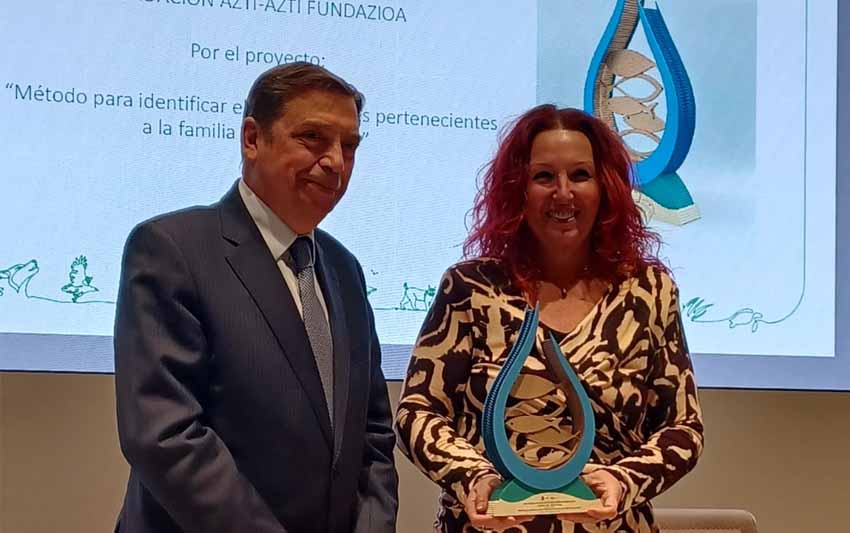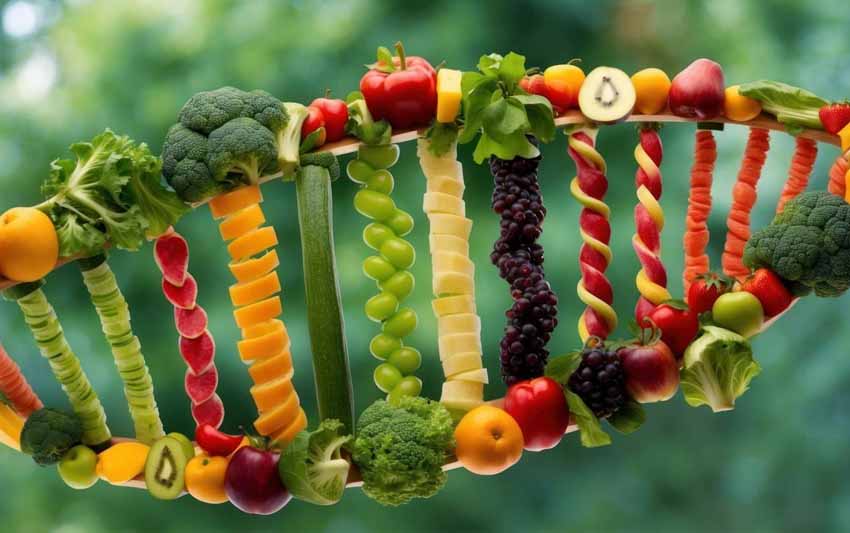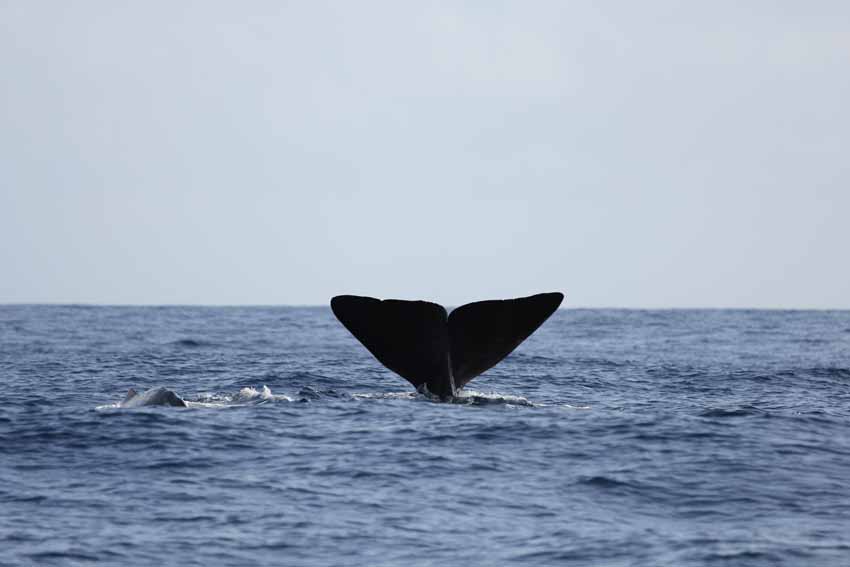[EATrends] A Sea of Food: Unlocking the Potential of Blue Foods
Últimas noticias
AZTI wins the 24th JACUMAR Award with a pioneering PCR method to determine the sex of sturgeons
JUVENA 2025: The abundance of juvenile anchovies in the Bay of Biscay has doubled the historical average
Ethics in Artificial Intelligence for Food and Health: From “Can Do” To “Should Do”
SONIA RIESCO, Researcher in the Innovation Area
Oceans are far more than vast bodies of water: they generate around 60% of the biosphere’s economic value and directly support the livelihoods of over 200 million people worldwide. Their importance goes beyond economics—they are essential for human well-being, health, and increasingly, for global food security.
In a context of population growth and mounting pressure on terrestrial resources, so-called “blue foods”—foods of marine origin—are emerging as a healthy and sustainable nutritional reserve that remains largely untapped. The diversity of marine organisms offers a wealth of possibilities we are only beginning to explore.
This is the fourth chapter of AZTI’s EATrends, a guide that connects science, business, and society to anticipate the future of food. Want to discover the rest of the trends? You can find them all in the full EATrends report.
Índice de contenidos
A Market with Strong Growth Potential
The industry has not missed this trend. The global market for marine active ingredients is expected to grow from USD 9.7 billion in 2023 to USD 18.1 billion by 2033—a projection that reflects both scientific potential and rising demand for natural, sustainable ingredients.
Innovation in Progress: The Next Steps in R&D
Research advancements are expanding the horizon of blue foods through:
- Biotechnology, genomics, and bioinformatics, enabling the discovery of new bioactive compounds
- Innovative bioprocessing techniques, capable of transforming marine organisms into high-value ingredients
- Encapsulation technologies, which enhance the bioavailability and functionality of bioactive compounds
- New consumption formats, making it easier to incorporate these foods into everyday diets
The key lies in harnessing the vast potential of the oceans through a responsible and sustainable approach.
It’s Happening: Market Signals
Awareness of the need to protect the oceans is growing alongside demand for natural and sustainable ingredients. In response, the food sector is embracing initiatives such as:
- Fish protein concentrates and high-value derivatives
- Valorization of fishery by-products, transforming waste into new ingredients
- New processing techniques and formats to make blue foods more appealing
- Commitment to aquaculture, a crucial path to meet rising demand without compromising sustainability
The potential of blue foods goes far beyond satisfying hunger—it represents an ocean of opportunities for health, sustainability, and innovation. The challenge is how to tap into this immense resource while safeguarding the marine ecosystems that make it possible.
Want to Take a Closer Look at EATrends?








